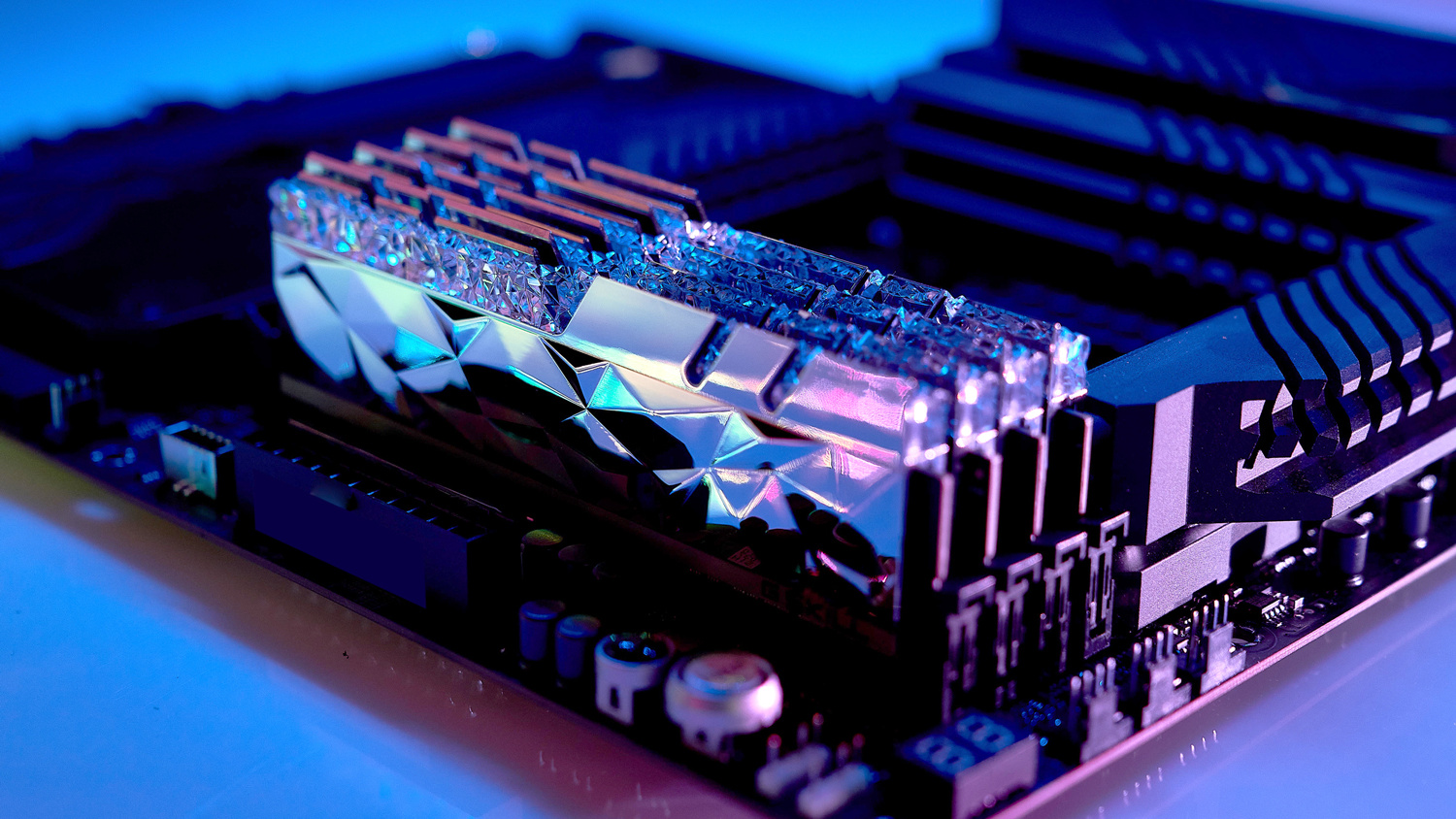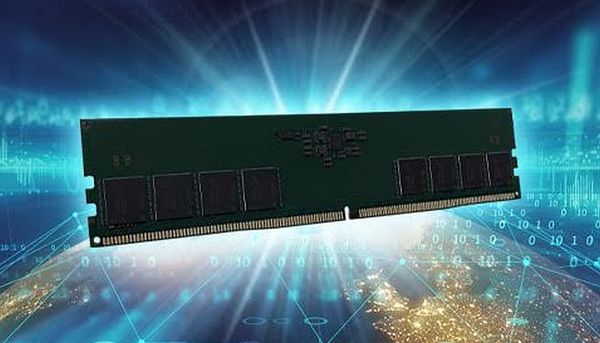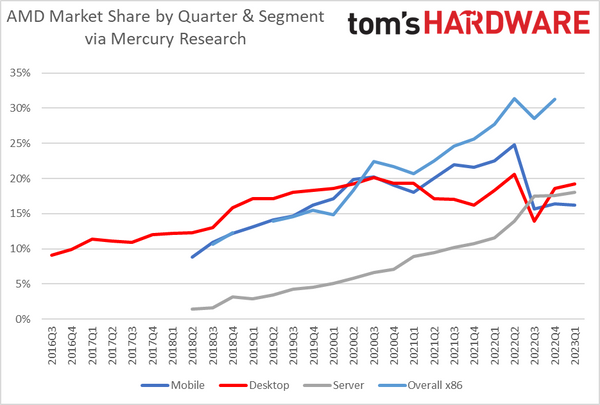
TrendForce reports that DRAM and NAND flash prices are receiving even more price cuts this quarter, despite major price discounts and production cuts already occurring within the industry right now. Overall, the industry is expecting another 18% discount starting in Q2 2023, which will make DDR4 prices even cheaper for PC users. However, the storage discounts will only apply to the mobile and server markets, not necessarily for the Best SSDs in the consumer space.
Prices are dropping again due to a continued reduction in demand for these components across the PC, server, and mobile spaces. The PC industry in particular is suffering heavily from ample DDR4 supply, which is not selling in large enough quantities. Meanwhile, the server market is suffering from weak server demand overall leading to further DDR4 oversupply, forcing suppliers to reduce prices even more.
However, the pricing impact on DDR5 is expected to be very little, since the DDR5 market share remains low. DDR5 is still relatively new and will take time to fully replace DDR4 as a mainstream item. The same applies to server DDR5 but is compounded by PMIC compatibility issues narrowing DDR5 server prices.
The story is a little different for mobile DRAM (i.e. memory for smartphones, tablets, handhelds, etc.) Smartphone brands have actually corrected their memory inventories and killed off any excess DRAM inventory they once had. But despite this, inventory pressure on suppliers continues to remain high due to buyers merging Q3 demand with Q2 to increase their bargaining leverage.
Overall, the average price of DRAM memory in the PC and server market is expected to drop by 15–20 percent, and 13–18 percent for the mobile DRAM market in Q2 2023.
For server and mobile storage, the same issues affecting both markets are also affecting SSDs. Declines in server demand, paired with reduced orders for server ODMs, have led to high inventory levels of enterprise SSDs. This is causing prices to decline by 10–15 percent. Mobile UFS storage discounts are expected to expand by 10–15 percent as well, again due to buyers merging Q3 demand with Q2 demand to increase bargaining power, causing high inventory pressure on suppliers.










